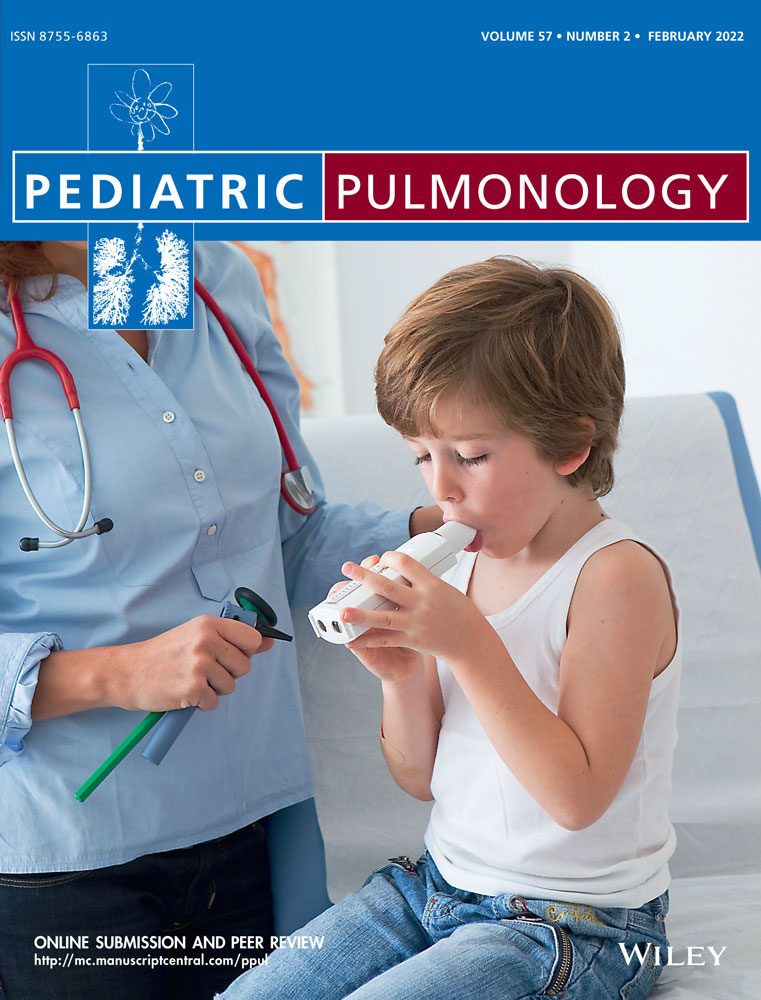Esophageal impedance baseline in infants with bronchopulmonary dysplasia: A pilot study
Preliminary results of this study were presented as a poster at the European Academy of Pediatric Societies (EAPS) Congress, virtual edition, October 16–19, 2020.
Abstract
Background
Bronchopulmonary dysplasia (BPD) may induce gastroesophageal reflux (GER). Esophageal impedance baseline values (BI) reflect mucosal inflammation. Our aim was to evaluate BI levels in preterm infants with BPD compared with those without BPD and to identify BI predictors.
Methods
This is a retrospective pilot study including infants born <32 weeks' gestational age (GA) who underwent esophageal multichannel intraluminal impedance (MII)-pH. Univariate/multivariate analysis were performed to compare data between BPD and non-BPD infants and to identify BI predictors. A subgroup analysis was performed in infants born <29 weeks' GA, at highest risk for BPD.
Results
Ninety-seven patients (median GA 285/7 weeks, mean postnatal age 49 days, 29 with BPD), were studied. BPD infants had significantly lower birth weight compared with non-BPD infants (750 vs. 1275 g), were more immature (274/7 vs. 290/7 weeks GA), were older at MII-pH (79 vs. 38 days) and received less fluids during MII-pH (147 vs. 161 ml/kg/day). The same findings were found in the group of 53 infants born <29 weeks. BPD versus non-BPD infants had significantly lower BI (2050 vs. 2574 ohm, p = 0.007) (<1000 ohm in five BPD infants vs. one non-BPD) whereas the other MII-pH parameters were not significantly different. Multiple regression analysis found that increasing chronological age was positively associated with BI (B = 9.3, p = 0.013) whereas BPD was associated with lower BI (B = −793.4, p < 0.001).
Conclusions
BPD versus non-BPD infants had significantly lower BI despite similar MII-pH data. BPD and chronological age predicted BI, whereas only BPD predicted BI in the most immature infants.
CONFLICT OF INTERESTS
The authors declare that there are no conflict of interests.
Open Research
DATA AVAILABILITY STATEMENT
Data will be available upon request.




